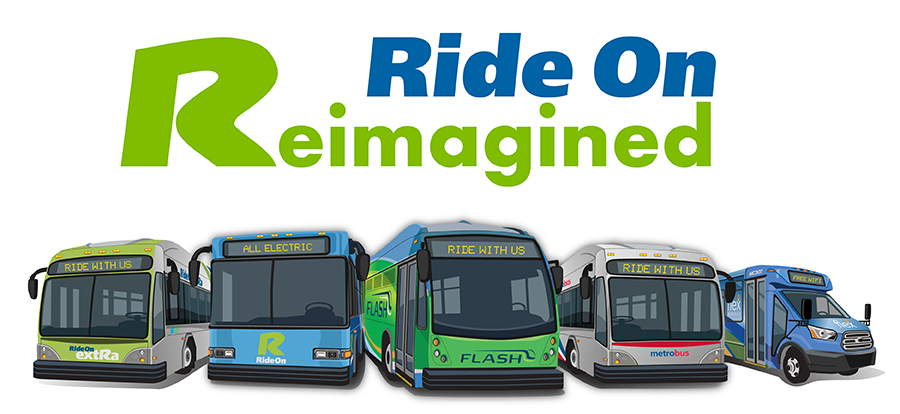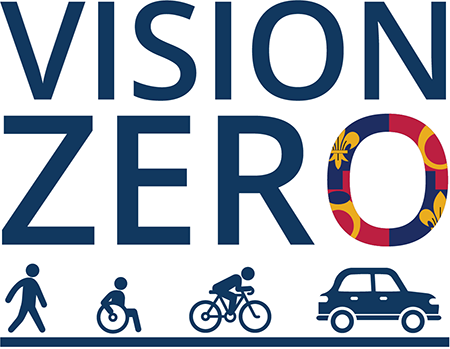 Goals
Goals
The MCDOT Project Coordination Team, with input from key stakeholders, has determined final goals, set objective outcomes, and defined measures to evaluate success. The intent of these goals, outcomes, and measures is to help guide the project principles, and are in alignment with the three priority areas of Moving Forward Together: The Vision for Transportation in Montgomery County, MD.

In this section
| Goal | Outcomes |
|---|---|
| Enhance Pedestrian and Rider Safety |
|
| Improve Bus Operations Safety |
|
| Enhance Pedestrian and Rider Safety |
|
| Goal | Outcomes |
|---|---|
| Shift Mode Share from Auto to Bus |
|
| Position Transit as the First Choice in Montgomery County |
|
| Position Transit as the First Choice in Montgomery County |
|
| Promote Ongoing Evaluation of the Network |
|
| Goal | Outcomes |
|---|---|
| Increase Access and Connections |
|
| Implement Targeted Equity Actions |
|
| Connect Transit with Economic Development |
|
| Improve Passenger Experience |
|
| Improved bike and pedestrian connections: Increase overall bicycle and pedestrian accommodations at high ridership and trail-adjacent stops and at stops serving heavily pedestrianized areas |
|
 Safety and Vision Zero
Safety and Vision Zero Environmental and Climate Resiliency
Environmental and Climate Resiliency Economic Development and Equitable Access
Economic Development and Equitable Access